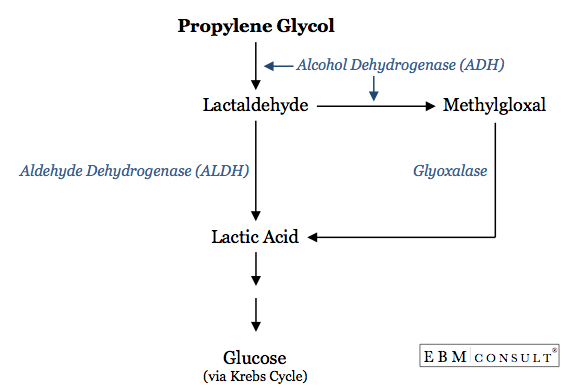Medications Containing Propylene Glycol and Risk of Anion Gap Metabolic Acidosis
Summary:
- Propylene glycol is a diluent found in parenteral medications commonly used in clinical practice such as intravenous (IV) diazepam (Valium), lorazepam (Ativan), phenobarbital, phenytoin (Dilantin), and nitroglycerin.
- Propylene glycol is metabolized to lactic acid (lactate) and has the potential to cause an anion gap, metabolic acidosis, especially in patients receiving prolonged infusions.
Editor: Anthony J. Busti, MD, PharmD, FNLA, FAHA
Last Updated: August 2015
Medications Containing Propylene Glycol
|
|---|


